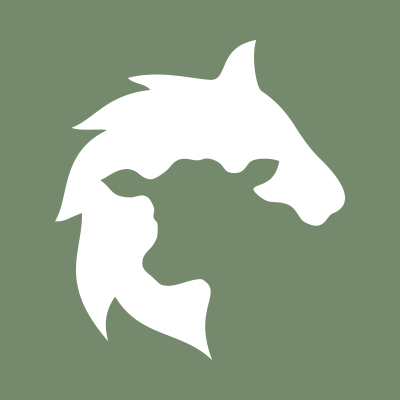Beef Newsletter – September 2018
CALF RESPIRATORY VACCINES
‘Tis the season for vaccinating calves for stocker calf sales. These special sales offer an increased price for stocker calves that arrive at the sale vaccinated or even completely pre-conditioned (dewormed, injected with vitamin E/Selenium, castrated, dehorned, ear tagged, and weaned). These better prices have been embraced by many producers as the cost of the vaccine per calf and the time administering the vaccine is quite small compared to the higher price achieved by these calves at the sale. But why do these calves fetch higher prices?
The vaccines on the market targeted towards stocker calves generally cover the common pneumonia pathogens; Bovine Viral Diarrhea Virus (BVD), Bovine Herpesvirus-1 (Infectious Bovine Rhinotracheitis/IBR), Parainfluenza Virus 3 (PI3), Bovine Respiratory Syncitial Virus (BRSV), Mannheimia haemolytica, and Pasteurella multocida. Any combination of these pathogens can lead to Bovine Respiratory Disease (BRD) complex or “shipping fever”, especially when calves are faced by stressful situations such as weaning, transport, or being comingled at a feedlot. The common signs of BRD are depression, dullness, decreased feed intake, fever, coughing, nasal discharge, and breathing difficulties.
BRD is the most common cause of death in beef calves older than 3 weeks of age and in calves in feedlots. The US cattle industry reports that BRD costs $640 million annually. These costs come from treatment, increased labour, deaths, and decreased weights. Calves with BRD can weigh up to 36 pounds less than healthy calves at weaning.
Vaccinated calves can be up to 4 times less likely to get sick, which stocker calf buyers see the value in. Pre-conditioned or vaccinated calves earn up to $90 or more at auction than non-vaccinated calves. When most respiratory pathogen vaccines cost around $4-6 per head, the math is quite simple. The profit of up to $85 does not even consider the costs saved in medications, veterinary fees, and average daily gains.
The benefits of vaccination can start before the calves go to sale. It is recommended to vaccinate calves far sooner than right before they get on a truck to go to a stocker sale. As many producers will have experienced, calves commonly suffer from BRD when still on the home farm. Calves born to vaccinated cows and vaccinating calves at birth with intranasal vaccines and/or at turn out (30-90 days of age) with injectable vaccines will lead to healthier, fast-growing calves that both the cow-calf and feedlot producers will benefit from.

The veterinarians of
Central Ontario Veterinary Services
are happy to set up
a tailor-made vaccination protocol for your herd.
These vaccination protocols will lead to:
healthier calves, decreased veterinary visits,
decreased medication cost, and increased profits;
something all of us can appreciate.
For more helpful resources, check out our Fact Sheets and Beef Herd Health Plans pages.
